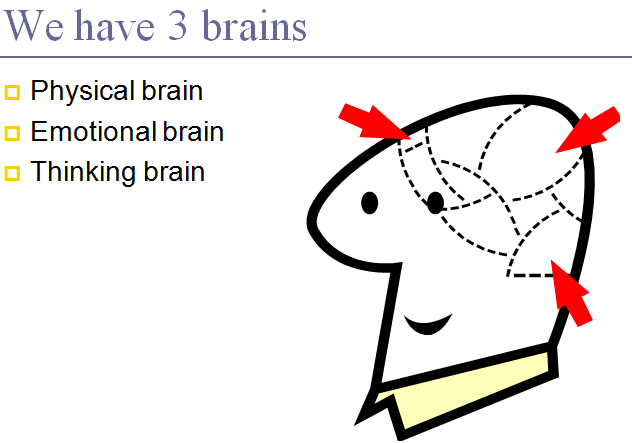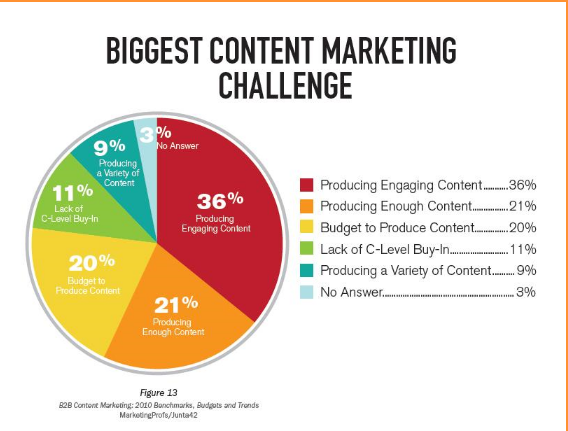 How do you write good blog posts that connect emotionally with readers and turn them into loyal fans? Oh, heck, that’s easy. All you have to do is:
How do you write good blog posts that connect emotionally with readers and turn them into loyal fans? Oh, heck, that’s easy. All you have to do is:
- Grab their attention
- Get them emotionally engaged
- Make a memorable impact
There you go, right? Easy-peasy. This is what you need to do whenever you write any content designed to market your products and services. Attention, emotions, memory.
Neuroscientists are now showing that the two most important elements of persuasion are emotional engagement and memory. Of course you can’t get either of these unless your marketing messages gain readers’ attention first.
Why this is so important? We’ll go into how to do it another day, since this involves quite number of suggestions and tips.
These three goals for your content marketing are required if you want to write stuff that is effective to attract prospects, and get them interested and primed for making a purchase or other desired action.
This information comes from research on neuromarketing and what makes people buy. If you’re interested in learning more about the brain from a marketer’s viewpoint, I recommend The Buying Brain and Neuromarketing: Understanding the Buy Buttons in Your Customer’s Brains.
Neuroscientists are monitoring brain activity in consumers as they are exposed to marketing messages. You probably don’t have access to the brain imaging that is being generated by these studies, and quite frankly, you don’t need it. All brains are alike. Read More→











